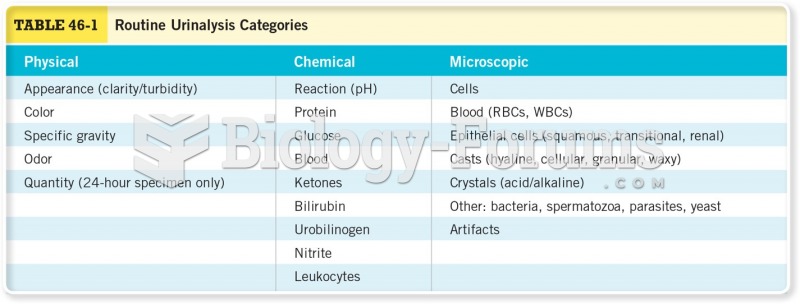Answer to Question 1
ANSWER:
In a paper later retracted by the British medical journal Lancet, unsubstantiated claims that the routine measles/mumps/rubella vaccination caused autism were published. Similar controversies in the United States about thimerosal, a type of mercury preservative in vaccinations, ensued, promoted by well-known figures such as model Jenny McCarthy and members of Congress.
The weight of the scientific evidence shows that vaccinations play no part in the development of autism. Cumulative exposure to thimerosal was the same for children diagnosed with an autism spectrum disorder (ASD), a narrower classification of autism (AD); autism spectrum disorder with regression (ASD with Regression, in which the child makes normal progress, then develops symptoms); and healthy controls.
Despite the clear data and reassurances from medical experts, worried parents have withheld vaccinations from their children, leading to increasing numbers of cases of life-threatening, preventable diseases that had previously been believed to be under control. For example, in the first half of 2008, measles cases in the United States doubled compared to the rates observed between 2000 and 2007, and all cases involved unvaccinated school children.
Answer to Question 2
ANSWER:
According to the DSM, major depressive disorder is characterized by a depressed mood most of the day, nearly every day, for a period of at least 2 weeks. Patients with depression complain about feeling sad and empty, and periods of tearfulness are common. The DSM also notes that depression can produce anhedonia. Anhedonia refers to a persons disinterest in activities that previously provided pleasure, such as sex, eating, or social activities.
To be diagnosed with major depressive disorder, a person must show at least five symptoms, one of which must be either depressed mood or anhedonia. The remaining symptoms can be divided into physical and cognitive groups. The physical symptoms of major depressive disorder are related to disturbances in autonomic function, typically found in the presence of high levels of stress, described in our later chapter on stress and coping. Appetite and sleep may also be disturbed. Some patients experience a loss of appetite whereas others begin to eat too much. Many patients with depression experience frequent wakefulness whereas others experience oversleeping (more than 9 hours per night). Fatigue or restlessness may occur. Among the cognitive symptoms of depression are difficulty concentrating, feelings of hopelessness and worthlessness, and, in some cases, thoughts of suicide.
Women experience depression more frequently than men do. This discrepancy between rates of depression in men and women has been observed to be independent of race, ethnicity, social class, and country of residence. It is possible that female hormones may participate in mood through some currently unknown mechanism. Mood disturbances can be associated with hormonal changes in women, including postpartum depression and mood changes accompanying menopause. However, it is also possible that women are more likely than men to admit feeling depressed to others and to seek help with depression. Men may mask or cover their depressed mood by engaging in activities such as drinking alcohol.
In the general population of the United States, women make up about two thirds of all cases of major depressive disorder. In contrast, rates of depression among the Amish are equal for men and women. Psychologists have suggested that because Amish men do not drink alcohol, their depression would not be masked. The workloads of Amish women might keep their rates of reported depression lower than in the general population. These results support the idea that gender differences in depression may be less biological and more likely due to situational factors such as alcohol use and employment outside the home.







